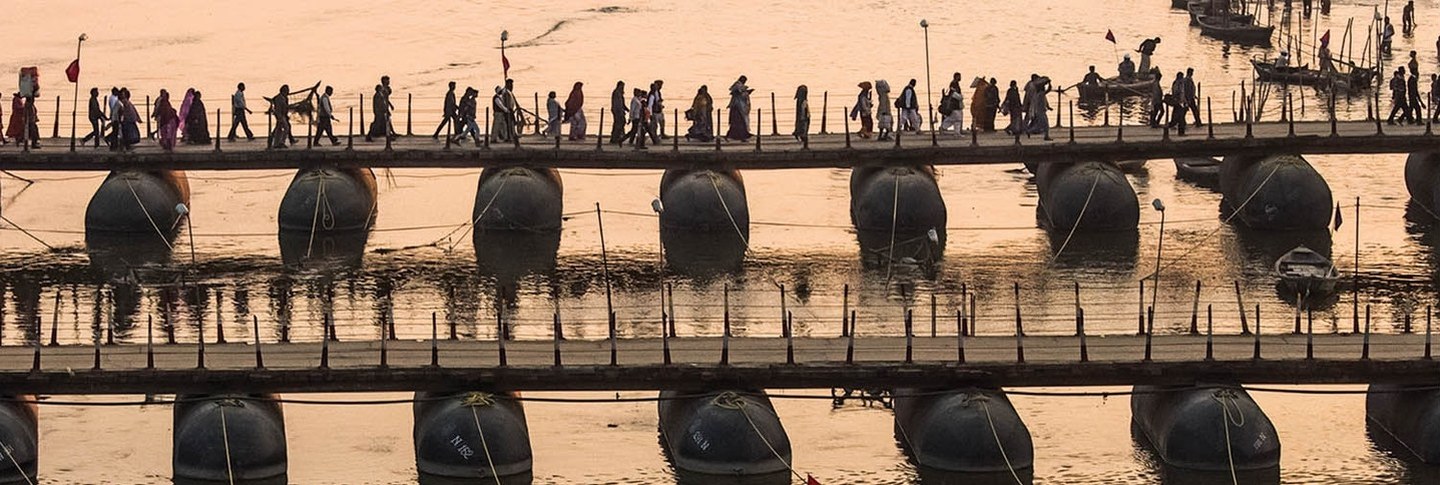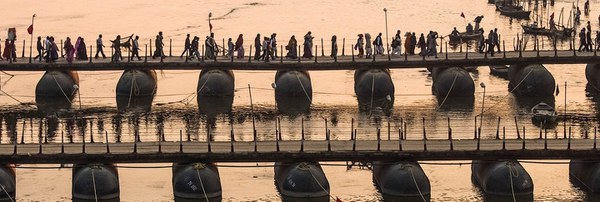Jeanne Haffner, ed. The Environment Built: Dwelling as Landscape in Twentieth-Century Urbanism. Routledge Press, forthcoming
The Environment Built historicizes contemporary interests in ecological housing by examining how landscape has shaped living spaces — and vice versa — from the late-nineteenth century to the present. Early-twentieth century architects and landscape architects such as Marcel Lods, Leberecht Migge, Martin Wagner, and others saw dwelling not just as a part of landscape but as landscape itself; it was tied to social, political, and economic theory and urban form. Their ideas were informed, among others, by late-nineteenth and early-twentieth century human geographers who studied the relationship between living space and its various geographical settings, leading to novel concepts such as "milieu," which challenged traditional environmental determinism. These connections between dwelling and landscape found renewed significance in the postwar era, when landscape was used in different ways to both justify and critique the construction of modernist mass housing. By shifting the focus of housing studies to landscape and away from architecture, The Environment Built provides new insight into the historical importance of living space to environmental thought, and suggests that it may be time to rethink present-day approaches to ecological housing.
Thaisa Way, ed. River Cities, City Rivers. Washington, DC: Dumbarton Oaks, 2018
Building on emerging interests in the resilience of cities, this book and the symposium it represents considers river cities and city rivers to explore how histories have shaped the present and how they might inform our visions of the future. Cities have been built alongside rivers throughout history. These rivers can shape a city’s success or cause its destruction. At the same time, city-building re-shapes rivers and their landscapes. Cities have harnessed, modified, and engineered rivers, altering ecologies and creating new landscapes in the process of urbanization. Rivers are as informed by the development of cities as urban landscapes as the cities are shaped by their relationship to the river. In the river city, the city river is a dynamic contributor to the urban landscape with its flow of urban economies, geographies, and cultures. Yet we have rarely given these urban landscapes their due. This collection of essays asks how river landscapes are shaped by and shape urban settlements, and in turn how their histories inform ideas of urban resilience and adaptability.
Food and the City explores the physical, social, and political relations between the production of food and urban settlements. Its thirteen essays discuss the multiple scales and ideologies of productive landscapes—from market gardens in sixteenth-century Paris to polder planning near mid-twentieth century Amsterdam to opportunistic agriculture in today’s Global South—and underscore the symbiotic connection between productive landscape and urban form across times and geographies. The physical proximity of fruit and vegetable production to urban consumers in pre-revolutionary Paris, or the distribution of fish in Imperial Edo, was an essential factor in shaping both city and surroundings. Colonial expansion and modernist planning stressed the essential relation between urbanism and food production, at the scales of both the garden and agriculture. This volume offers a variety of perspectives—from landscape and architectural history to geography—to connect the garden, market, city, and beyond through the lenses of modernism, technology, scale, social justice, and fashion. Essays on the Fascist new settlements in Ethiopia, Le Corbusier’s Radiant Farm and views on rural France, the urban farms in Israel, and the desakota landscape of the Pearl River Delta, to name a few, will appeal to those concerned with urban, landscape, and architectural studies.

